The origins for this image and slogan can be traced back to the catchphrase “thin red line” used during the Crimean War to describe a British battle formation/victory in 1856 against the Russians. The term was propagated in art, poetry, and song to promote a sense of national pride and power. The idea expanded to other professions and situations over the next century to describe a small but dedicated group of supporters who form a line or barricade of defense from either an internal or external risk. The slogan was also adapted critically to describe any group of religious or political followers who form a barrier to accessing truth and accountability.
|
We live in a time of polarization intensified by a complicated clash of conflicting cultural values, rigid religious convictions, uncompromising political ideologies, unresolved racial inequities, and unparalleled economic disparity. Over the next several years, Goose Creek Studio will host a series of exhibitions entitled “The Moral Universe”. This series, sponsored by the work and mission of the Portiuncula Guild, will focus on images, symbols, and slogans at the center of this time of polarization. Goose Creek Studio and Portiuncula Guild share a conviction that one of the most profound and noble purpose of the arts is in exercising over society a positive power to create dialogue that seeks truth, justice, and reconciliation. The goal of these small exhibitions is simply to showcase the work of local artists and visionaries who use imaginative storytelling to give us a sense of belonging, meaning, and invite us to help build community and work to foster social change and reconciliation. “Thin Blue Line” is the first in this series of exhibitions that focus on images, symbols, and slogans at the center of our nation’s divisions. The thin blue line slogan and accompanying usages amid a time of intense polarization is both a mirror and amplifier of these divisions and therefore rich subject matter for artists and storytellers. The origins for this image and slogan can be traced back to the catchphrase “thin red line” used during the Crimean War to describe a British battle formation/victory in 1856 against the Russians. The term was propagated in art, poetry, and song to promote a sense of national pride and power. The idea expanded to other professions and situations over the next century to describe a small but dedicated group of supporters who form a line or barricade of defense from either an internal or external risk. The slogan was also adapted critically to describe any group of religious or political followers who form a barrier to accessing truth and accountability. The modern use of the term “thin blue line” can be traced to the middle of the last century and has come to embody all these historical usages. For some, the thin blue line refers to the concept of the police as the line defense which keeps society from descending into violent chaos, and the blue signifying fraternal unity among law enforcement officers. For others, the term fosters an “us versus them” mindset that is rooted in a long history of police reinforced racism, as well as a perceived lack of accountability and responsibility to the communities they serve. While many police officers and supporters of law enforcement have embraced the thin blue line as a source of pride and fraternal kinship, others see the image and slogan as a banner of defiance in a time when many are calling for police reform. The image and the slogan’s use have become convoluted and often divisive. While its use has generated conversation and introspection within police departments across the country as it has become more and more politicized, sadly for some, the thin blue line has become a code or shibboleth for those working to divide people by race, religion, or political affiliation. Like all good storytellers, the artists in this exhibition place the thin blue line image and the slogan within a larger context of history, faith, and contemporary political divides. Taken as a whole, the works underscores that this image and slogan are emblematic of larger societal challenges and therefore worthy of conversation, analysis, and critique.
0 Comments
Leave a Reply. |
Archives
October 2022
Categories
All
|

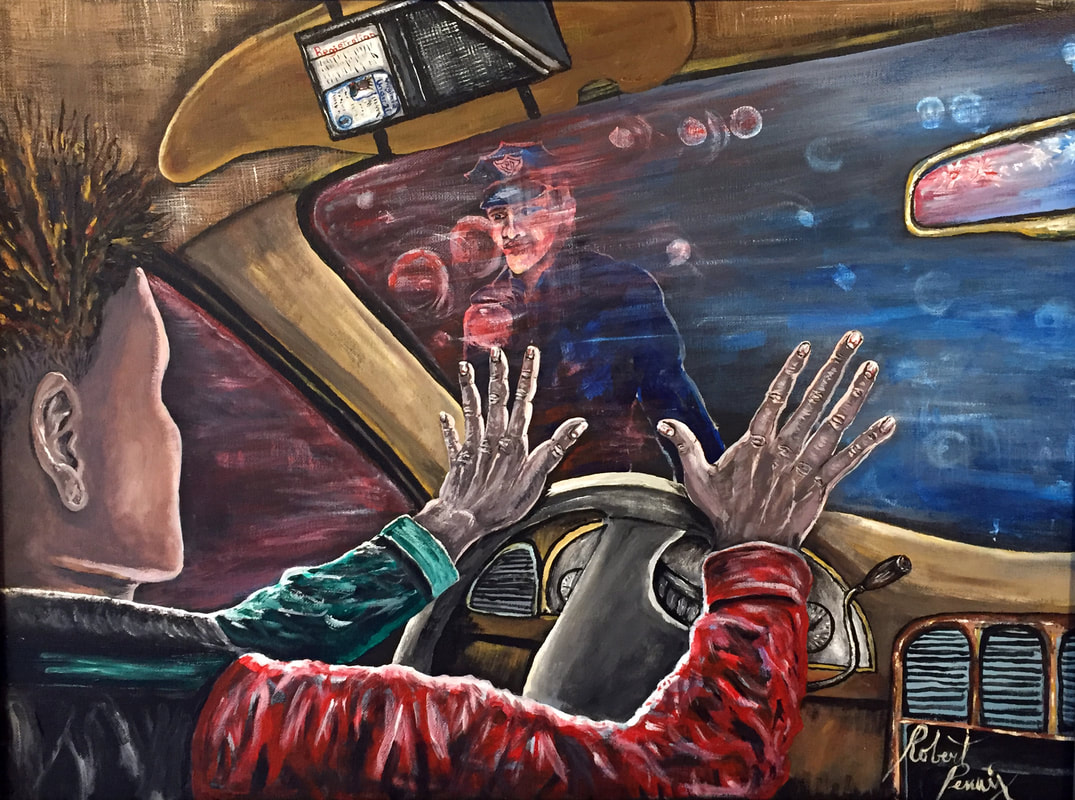
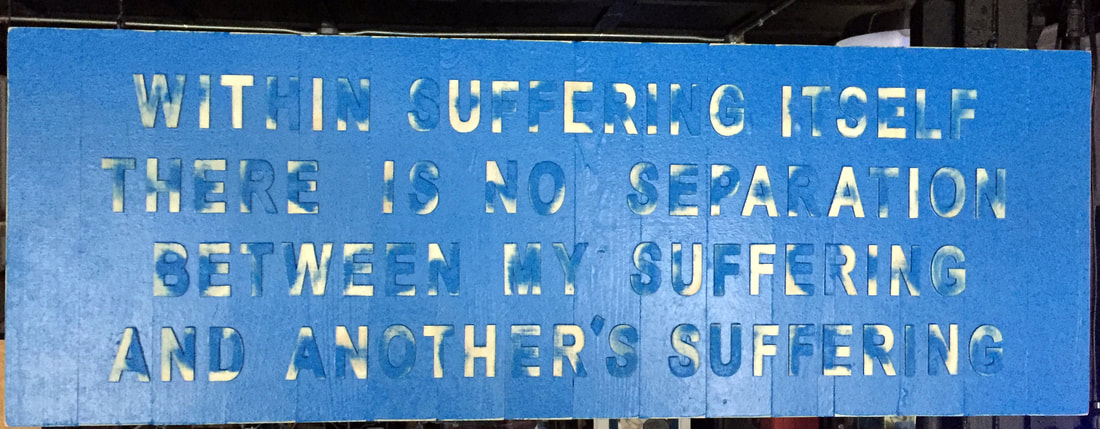
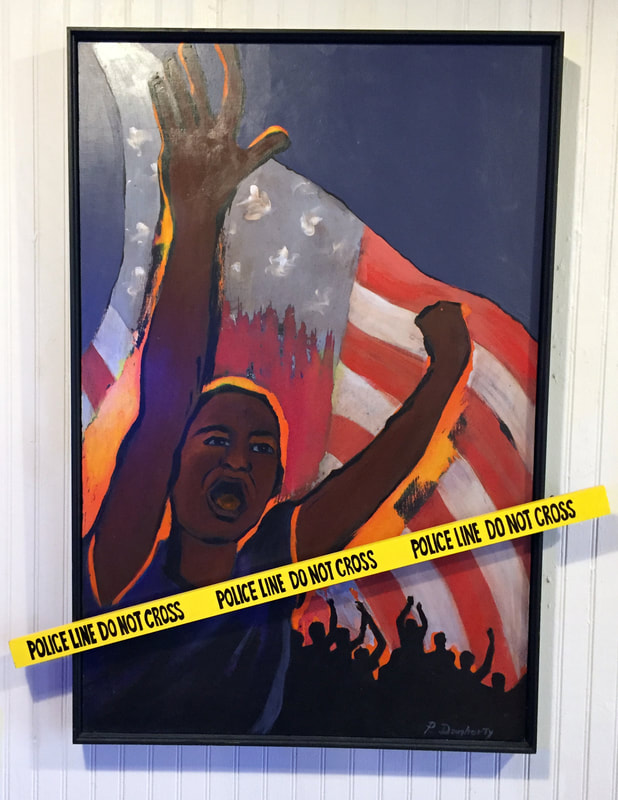
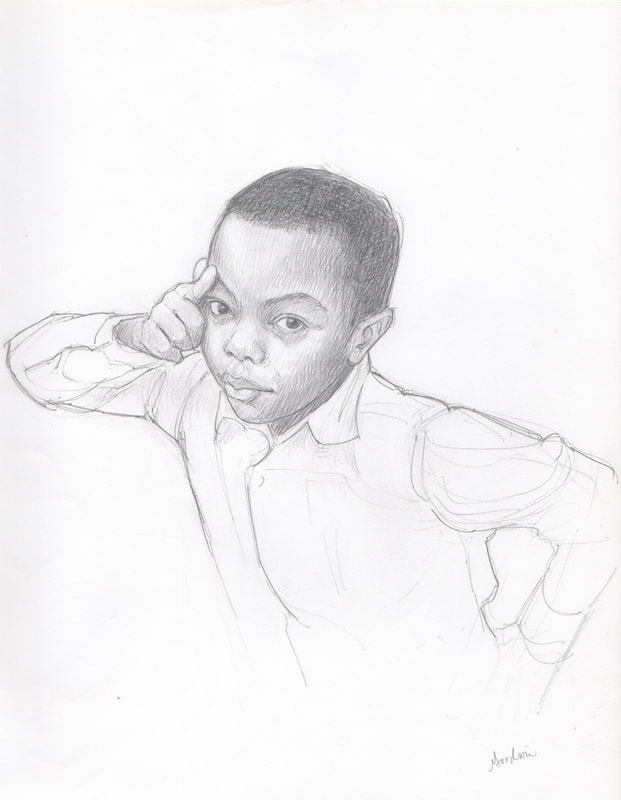
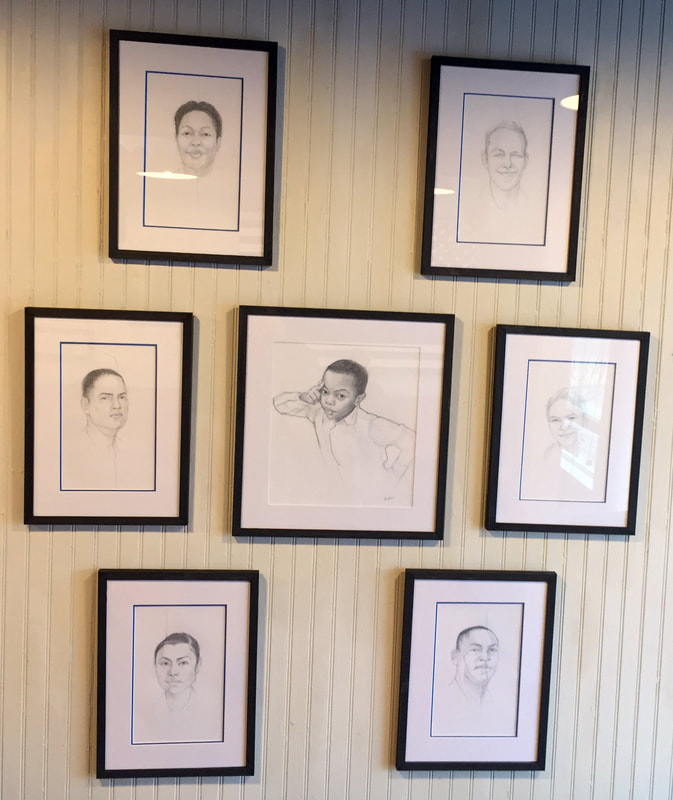
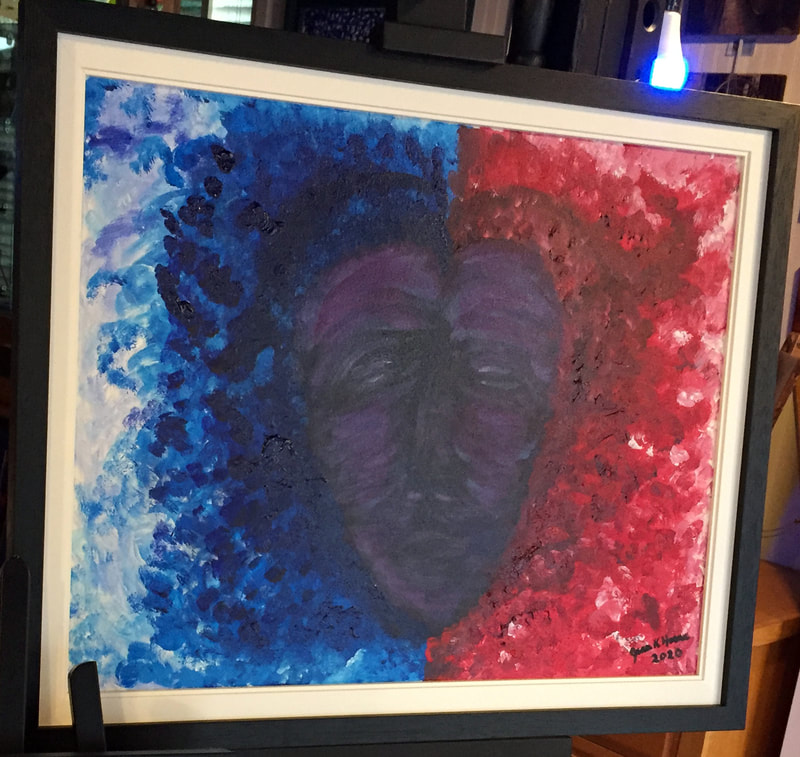
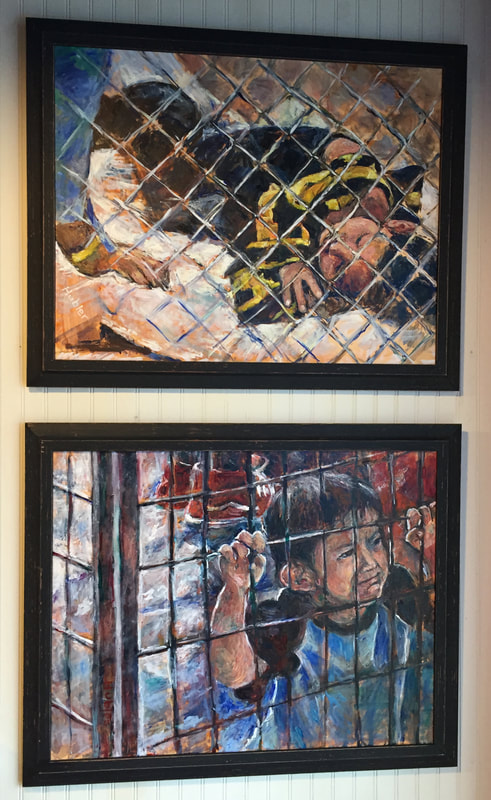
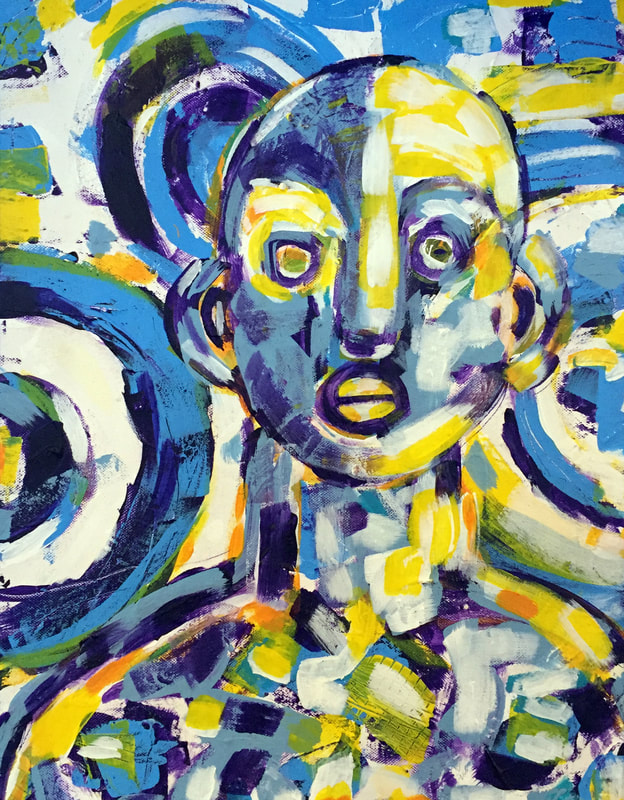
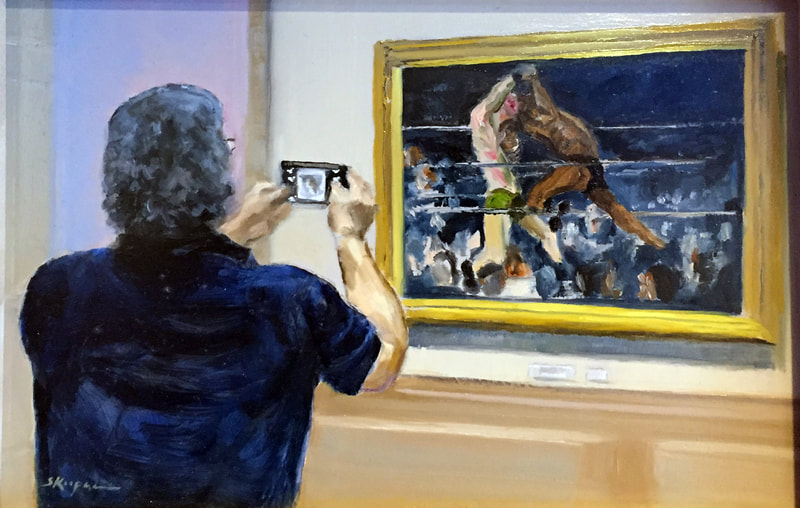
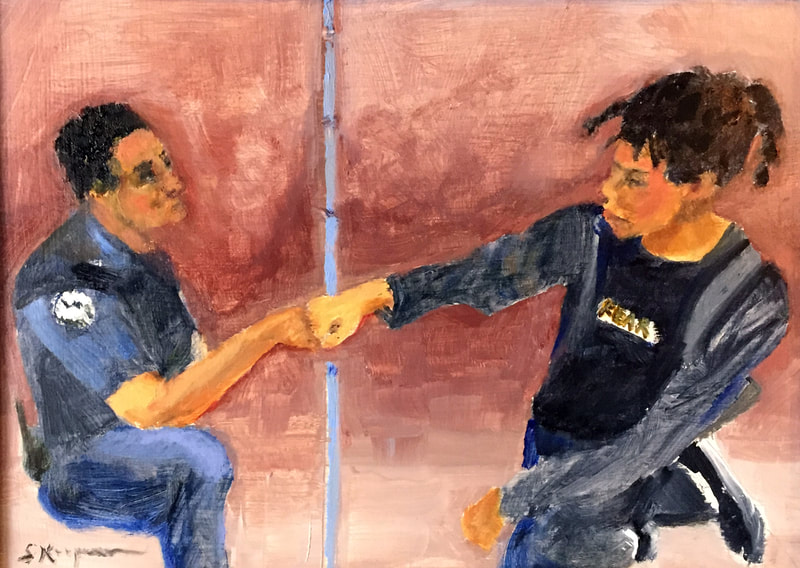
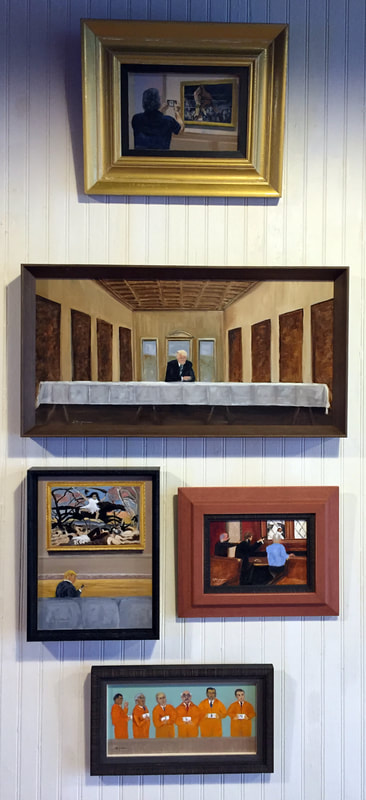
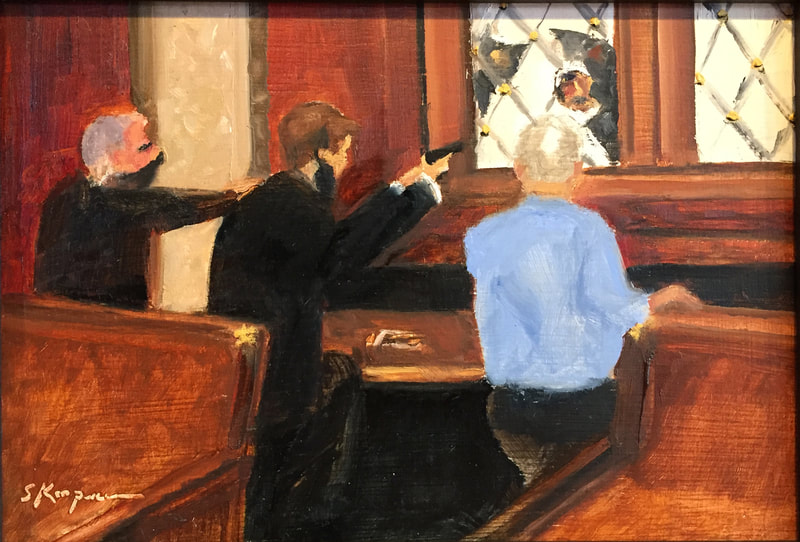
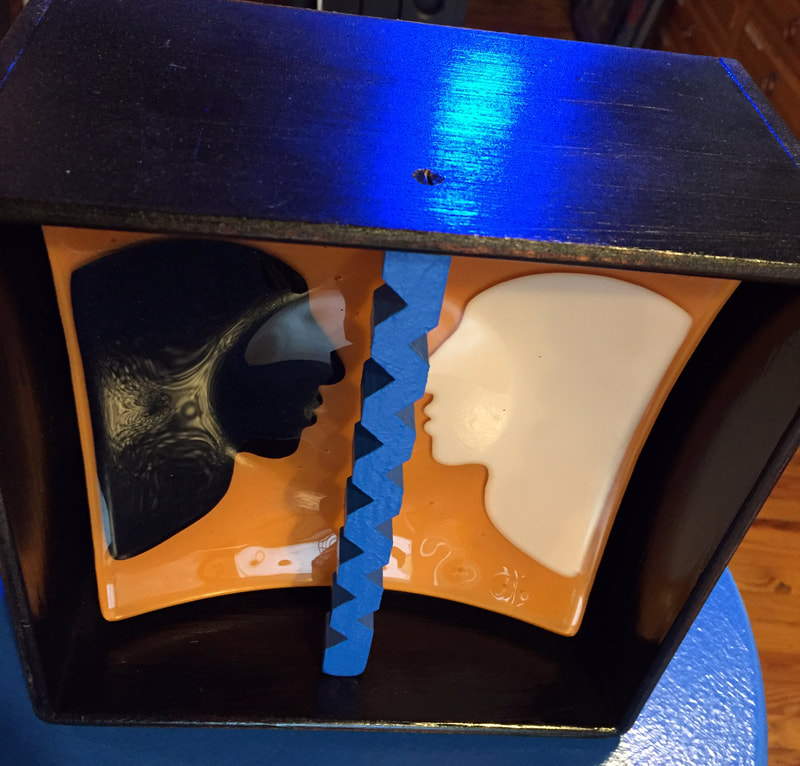
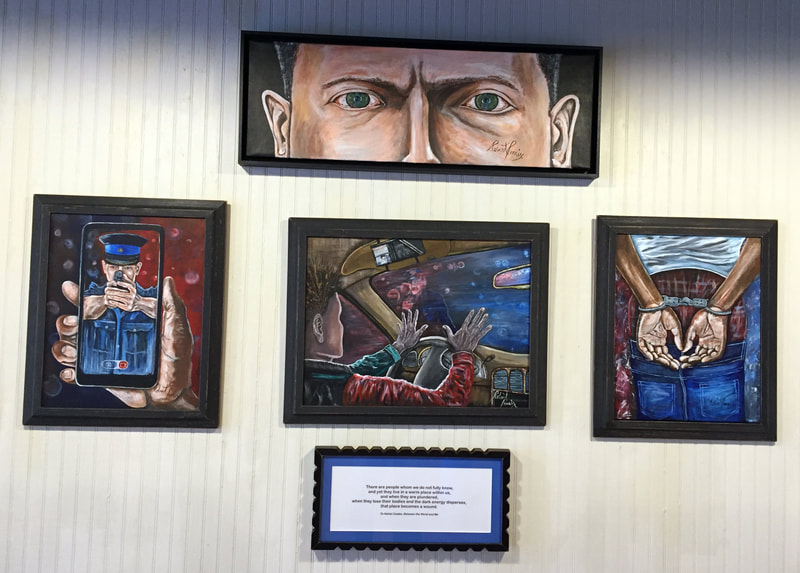
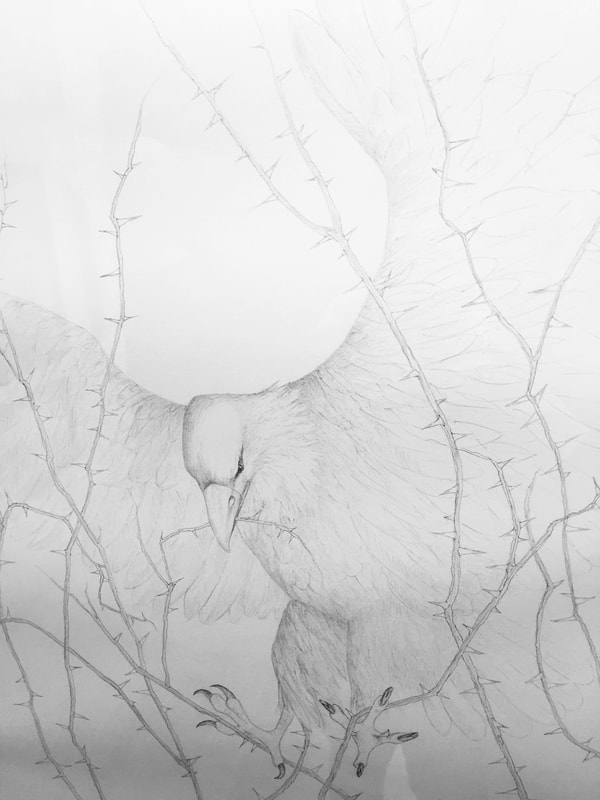

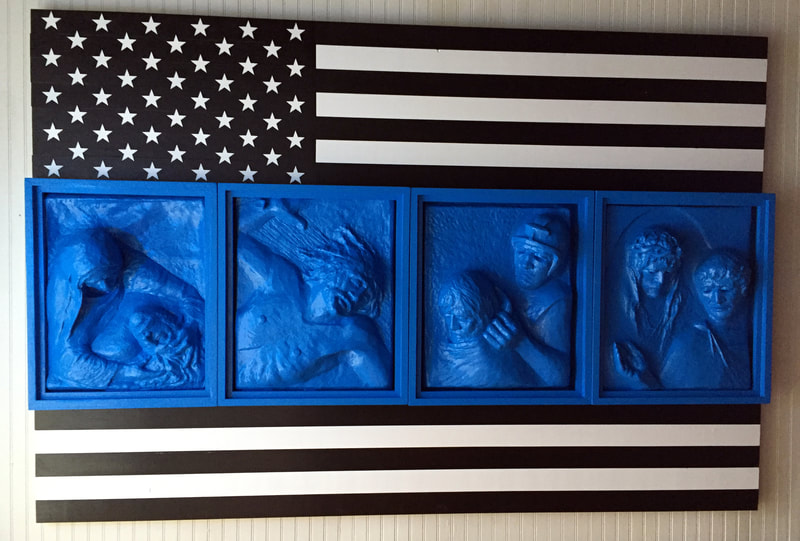
 RSS Feed
RSS Feed